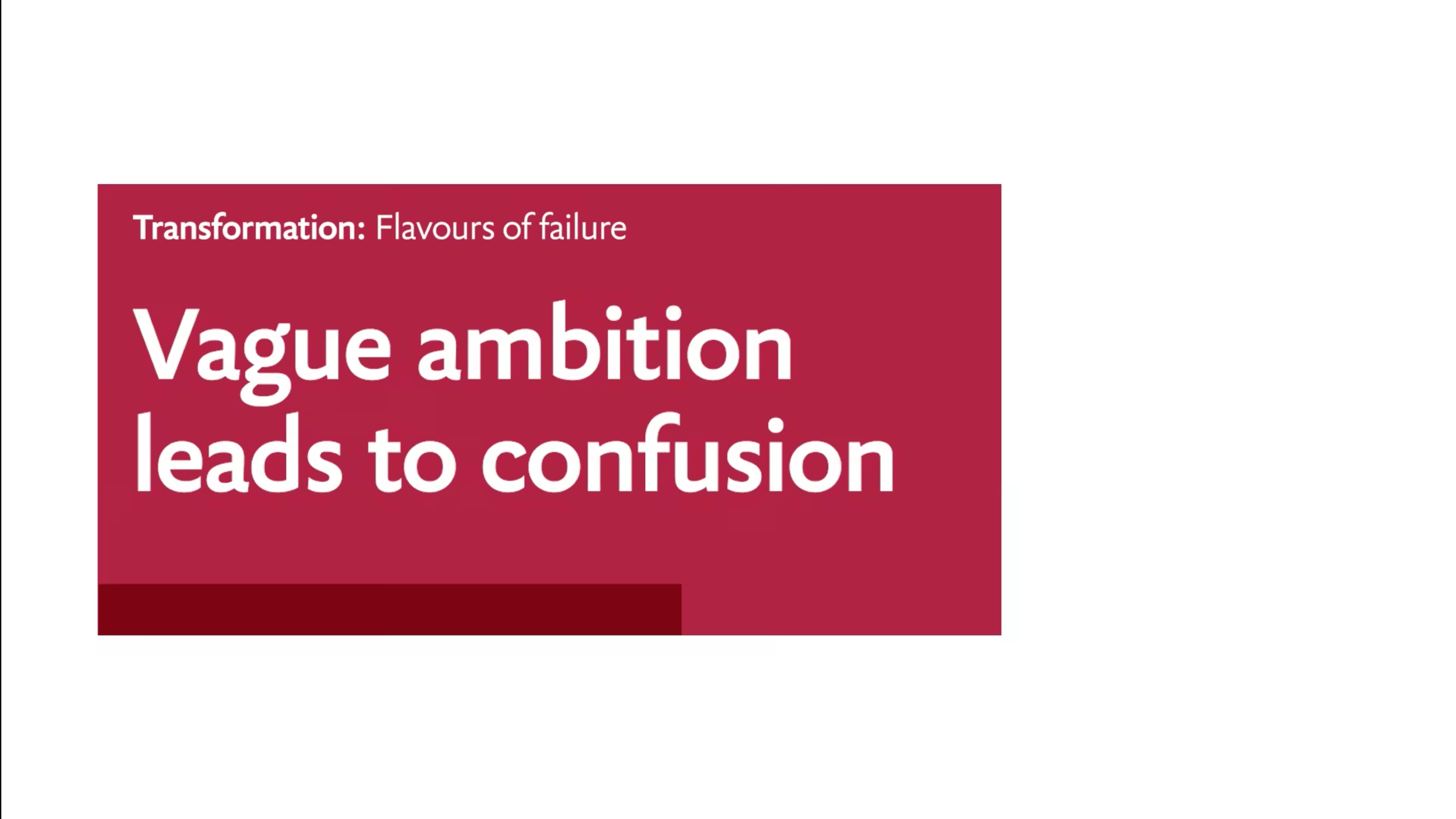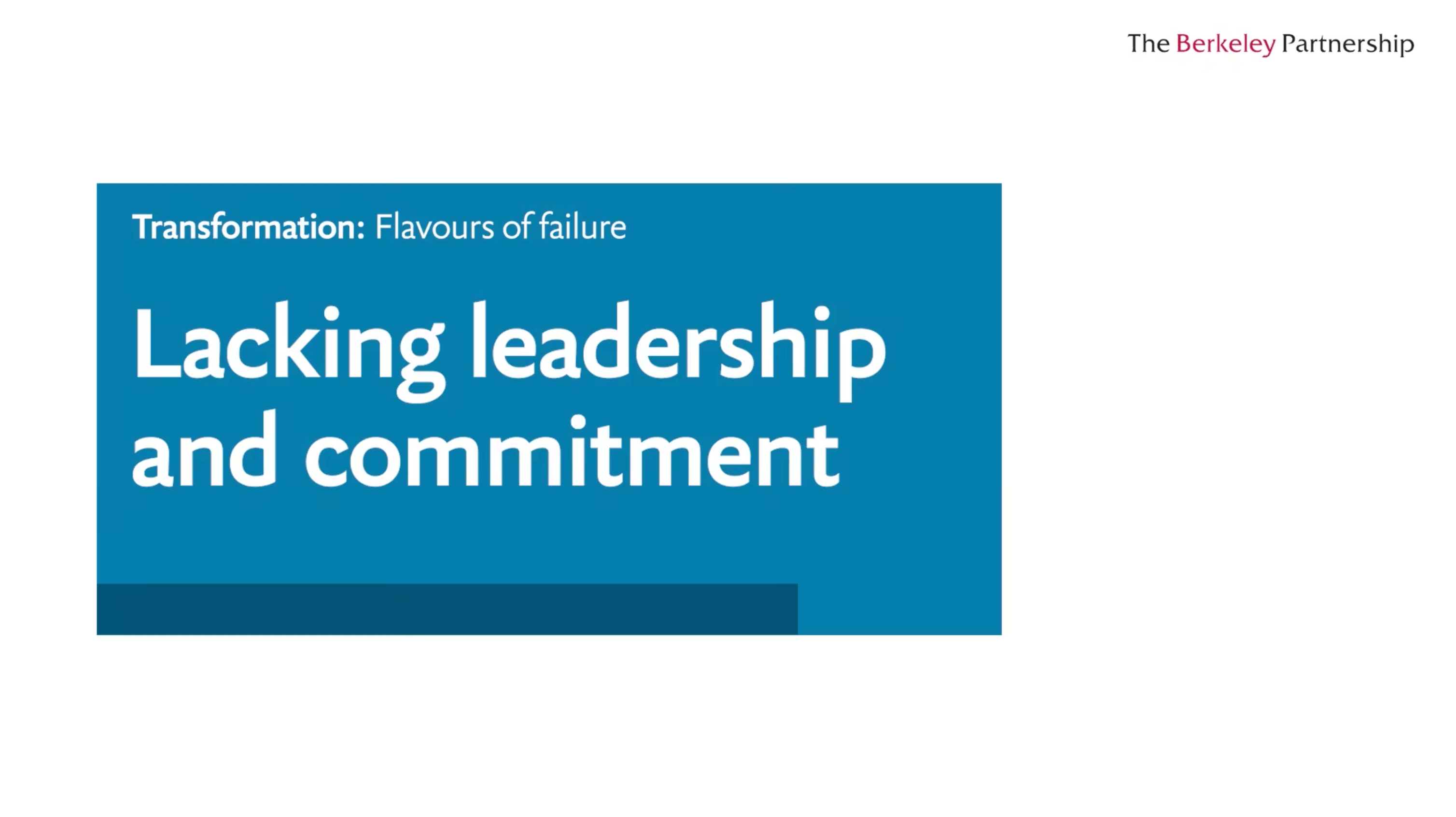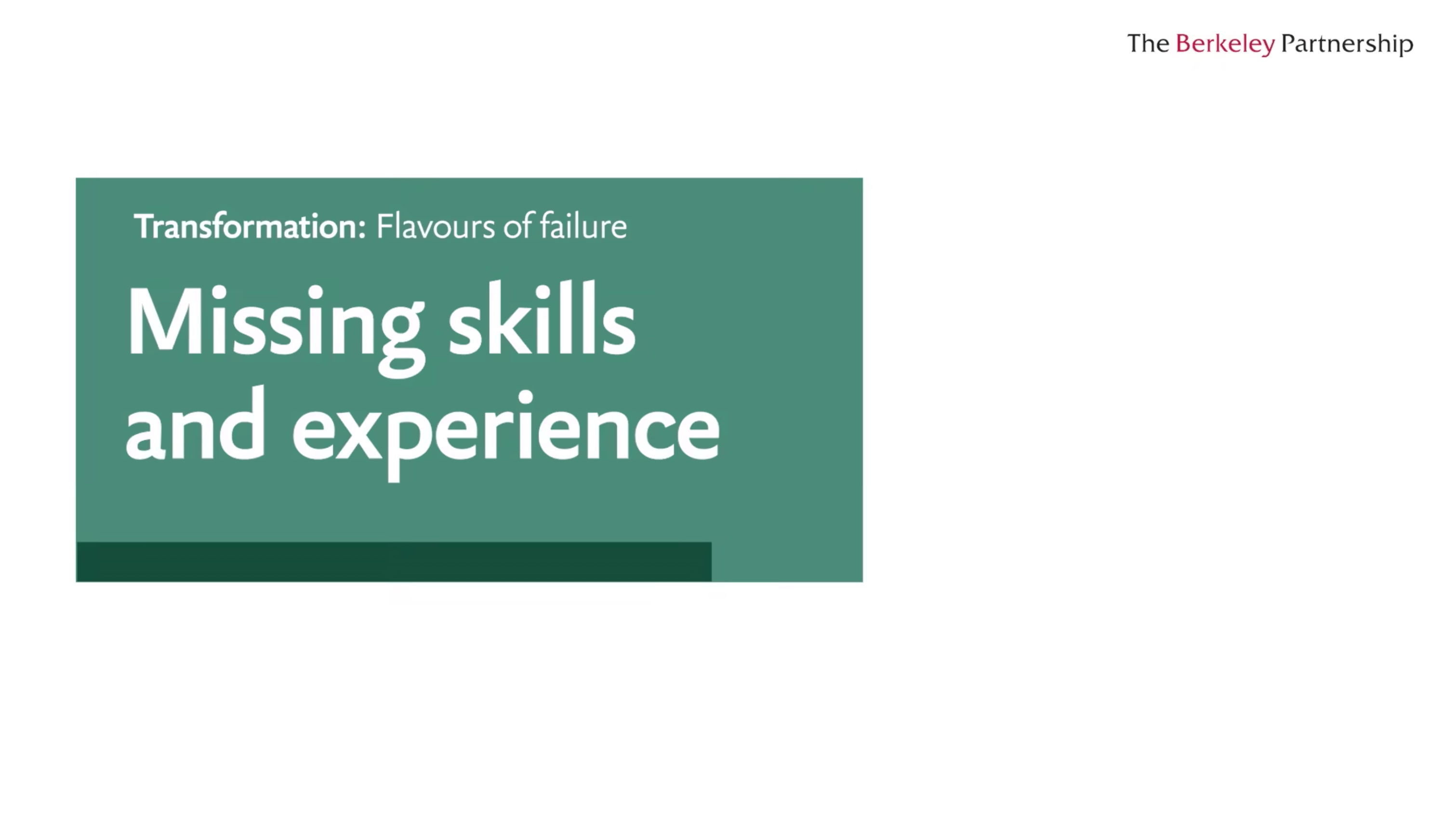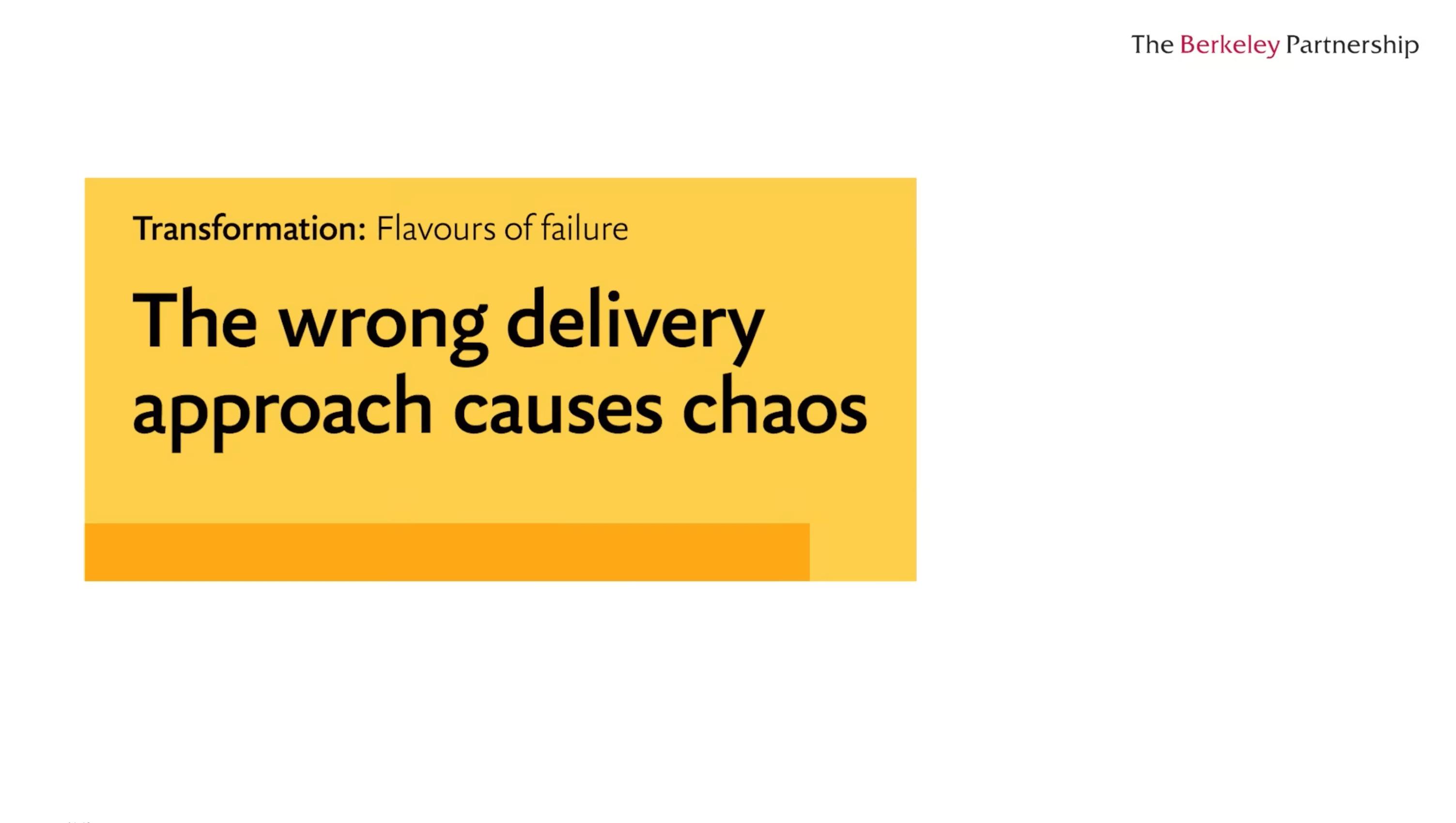Transformation
Video playlist: flavours of failure
Avoid making these critical transformation mistakes
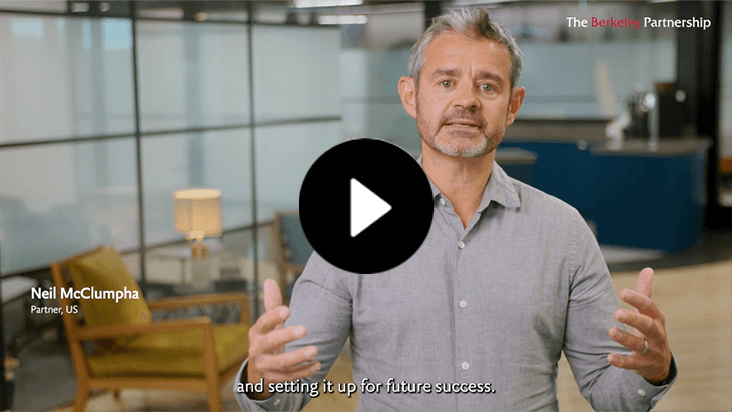
Video playlist: key ingredients for transformation
Hear from our partners and consultants on the four key ingredients needed for successful transformation.
Watch now

Transformation health check
Use our quick and easy online health check to assess whether you have the key ingredients in place for successful transformation.
Find out your score
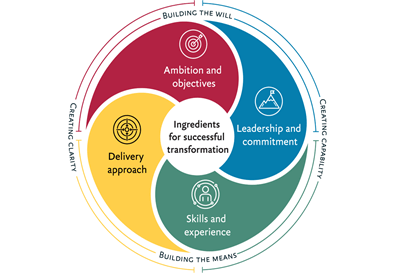
The ingredients for successful transformation
Transformation is ambitious and promises great benefits. But it's also often complex, challenging and daunting. No matter where you are on your journey, you need four key ingredients to achieve success.
Discover the recipe
